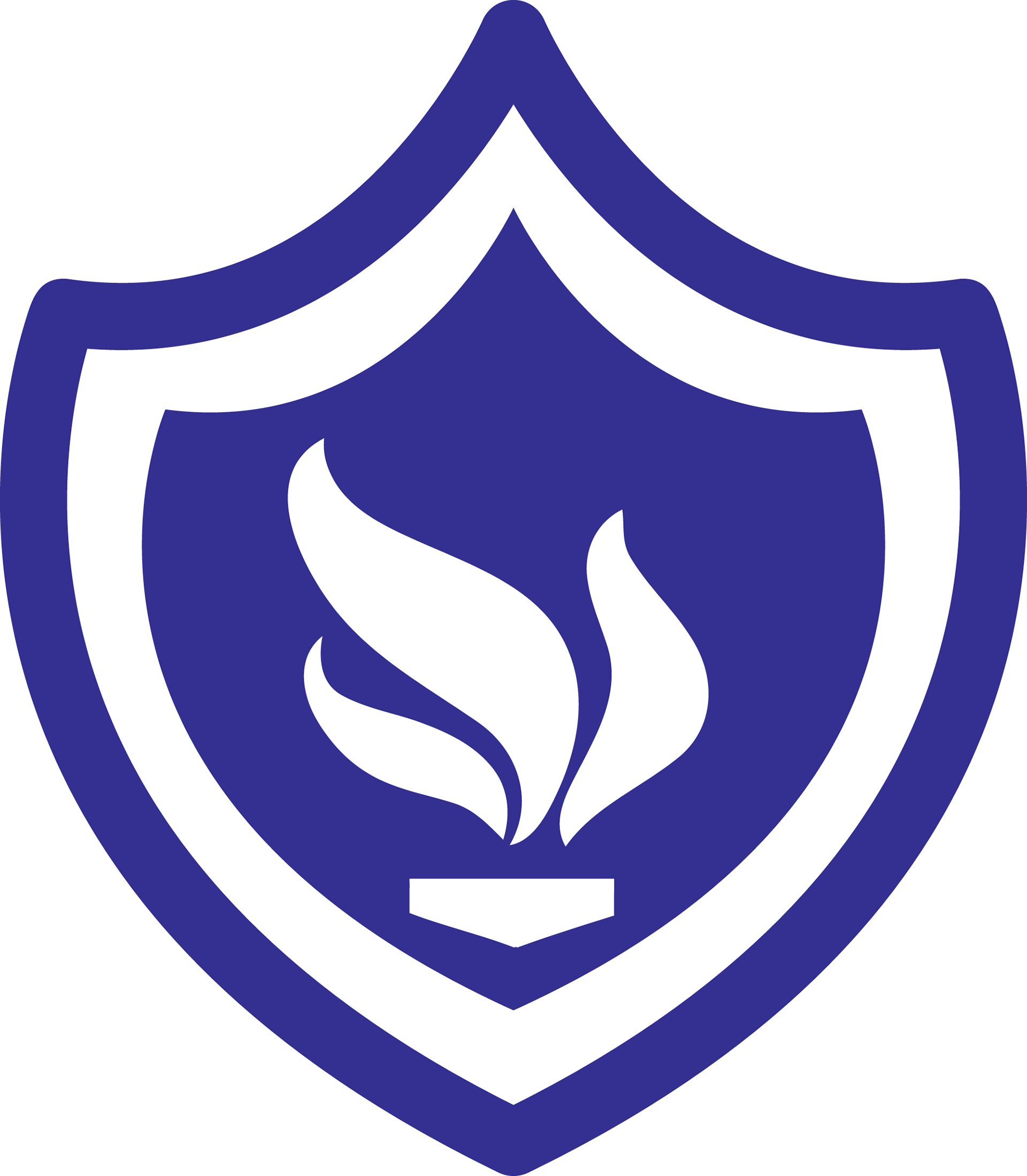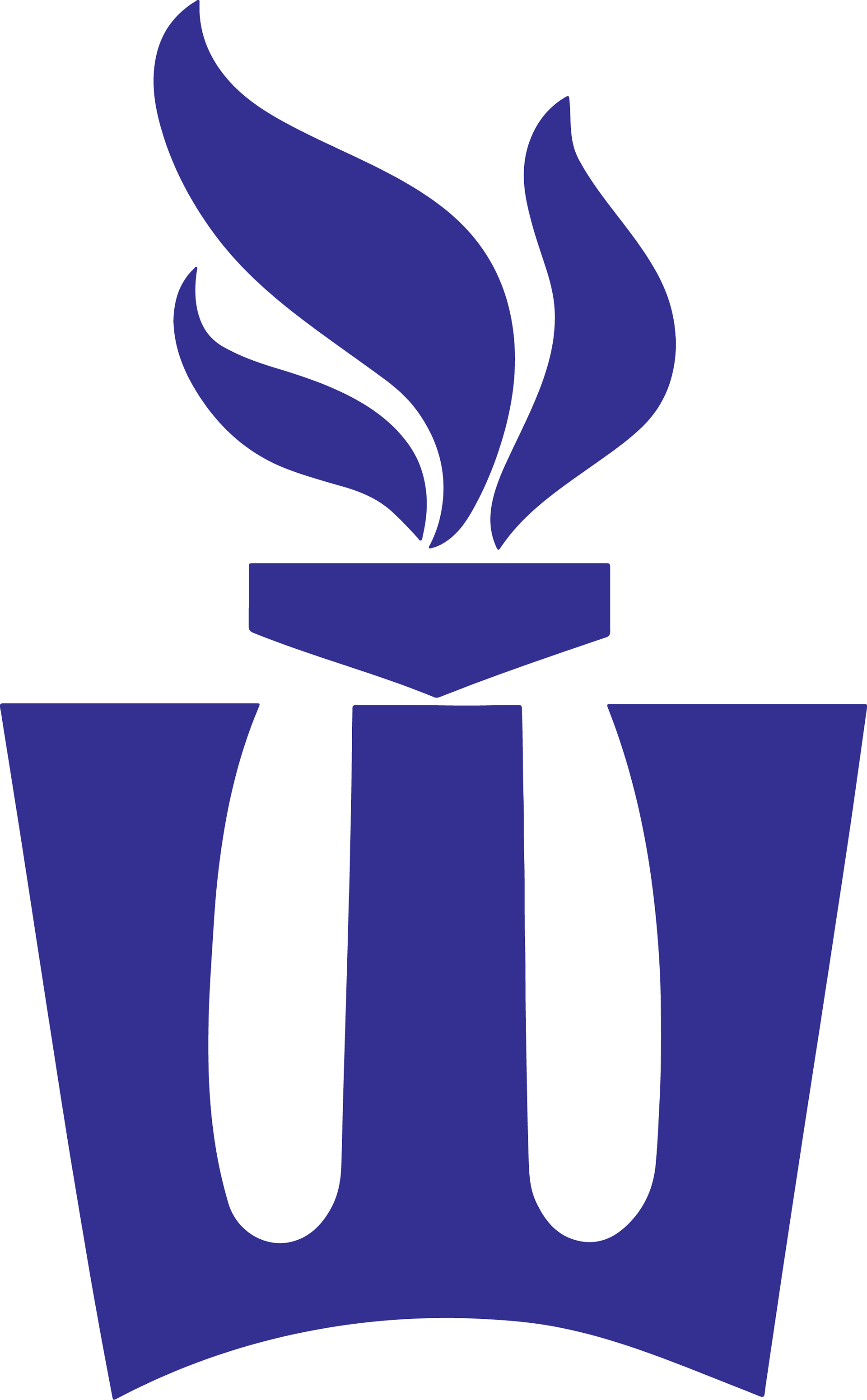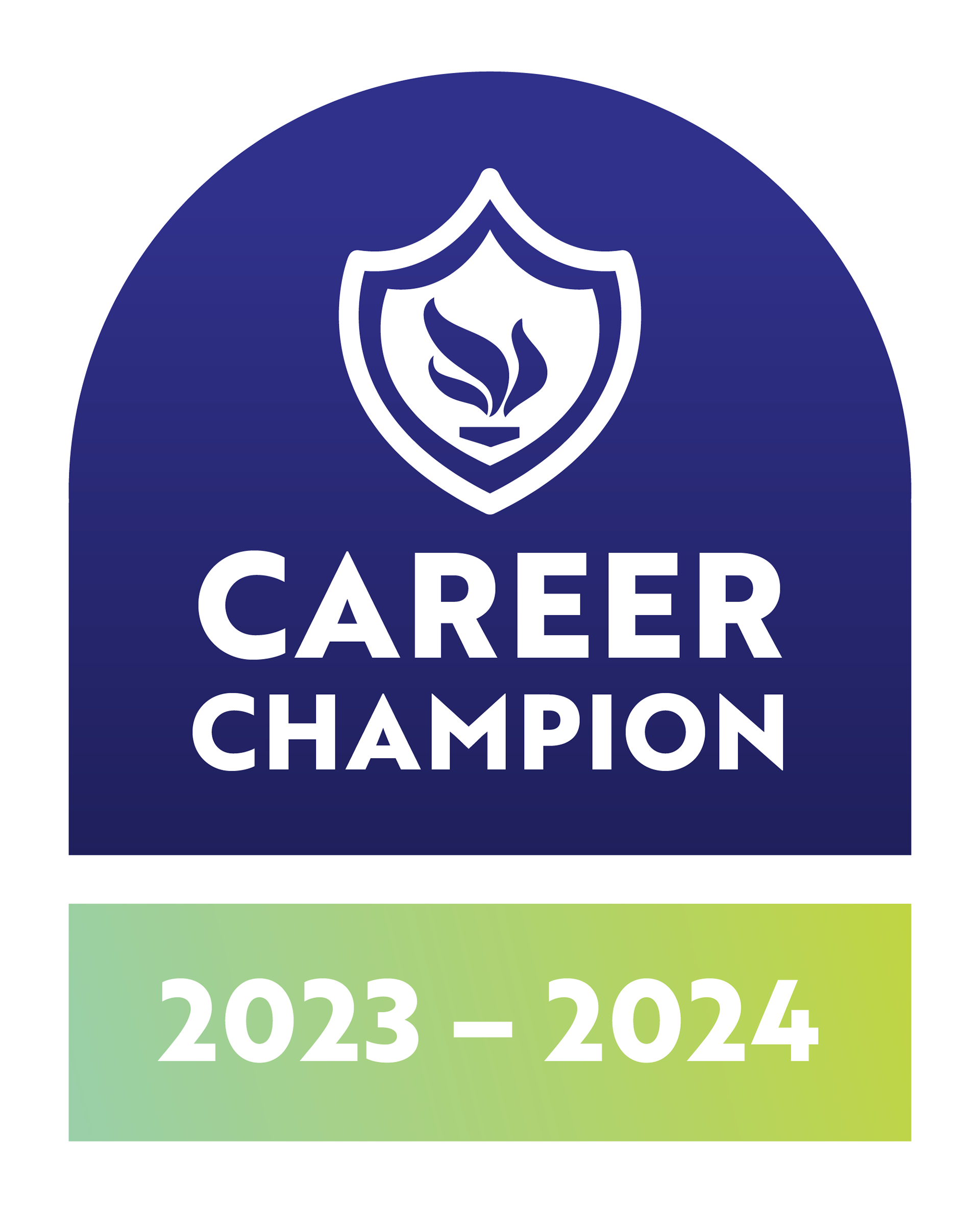Career Champions Faculty Program
project
My peer, Megan McCormick, & I elevate the badge symbol to celestial heights, using vertical length in the banner to symbolize ascension and growth.
In our redesigned logo, Career Champions emerged as larger, brighter guiding stars, forming a constellation in the night sky. Each champion connected to the larger program, creating a stellar arrangement. The smaller star at the base of the badge represented students benefiting from connections with Career Champions, gazing upward toward the bright light in the sky. This innovative approach not only addressed our initial reservations but also resulted in a visually captivating and conceptually rich representation of Career Champions.
Timeline
2 Months \ Oct - Dec 2023
ClientWinona State Career Services
Problem
Create a visual identity for the new Career Champions Faculty Program that recognizes faculty who are supporting students’ career readiness and education, and provides faculty with the resources and support they need to do so.
Medium
Logo, Illustrator, Social Media




Concept
Background
Research
Strada-Gallup Alumni Survey
A 2018 nationally representative study of 60,000 college graduates.
88% of graduates received at least some career advice from either faculty or career services.
Graduates are more likely to have received career advice from faculty or staff members than from the career services office (versus 22% of those who seek support).
72% of white students citing a professor as a mentor in college, compared with only 47% from racially underrepresented students.
Can Mentoring Promote Self-Esteem and School Connectedness?
A 2019 Program Evaluation of Mentor-UP.
Mentees reported higher levels of general self-esteem after seven months, whereas a decrease over time was detected in students not involved in the program.
Mentees tend to also increase in school connectedness over time.
Case Study UCONN
"Because they’re having these conversations anyway, so . . . whether they become an official Career Champion, they’re still informal Career Champions."
Focus on feelings of Faculty & Staff
Feeling overworked or spread thin is commonly reported.
Meet teachers where they are & provide support.
No required presentations or formal training, while still implementing a formal process.
Examples:
Having lunch informational(s) that provide faculty & staff with food between classes & meetings.
Meeting in person, but having a recording/notes that could be viewed by those who may not have time.
Sending a monthly newsletter with upcoming career events for professors to share.
Created a“Career Everywhere”mindset and space, where career is embedded into everyday living and conversations.
Existing Programs
First Iteration







During an evaluation with our instructor, I received feedback that labeled me as predictable, a notion I contested given my intermittent focus on the project. Nonetheless, the critique sparked a self-reflection. Initially skeptical about the viability of Megan's concept, I grappled with the perceived lack of substance and struggled with the visual execution. As the presentation deadline loomed, we found ourselves with no alternative.
Megan and I engaged in an intensive discussion, exploring every facet of the concept. This deep dive ultimately led to the transformation of our initial idea. We elevated the badge symbol to celestial heights, using vertical length in the banner to symbolize ascension and growth. In our redesigned logo, Career Champions emerged as larger, brighter guiding stars, forming a constellation in the night sky. Each champion connected to the larger program, creating a stellar arrangement. The smaller star at the base of the badge represented students benefiting from connections with Career Champions, gazing upward toward the bright light in the sky. This innovative approach not only addressed our initial reservations but also resulted in a visually captivating and conceptually rich representation of Career Champions
PROPOSAL

